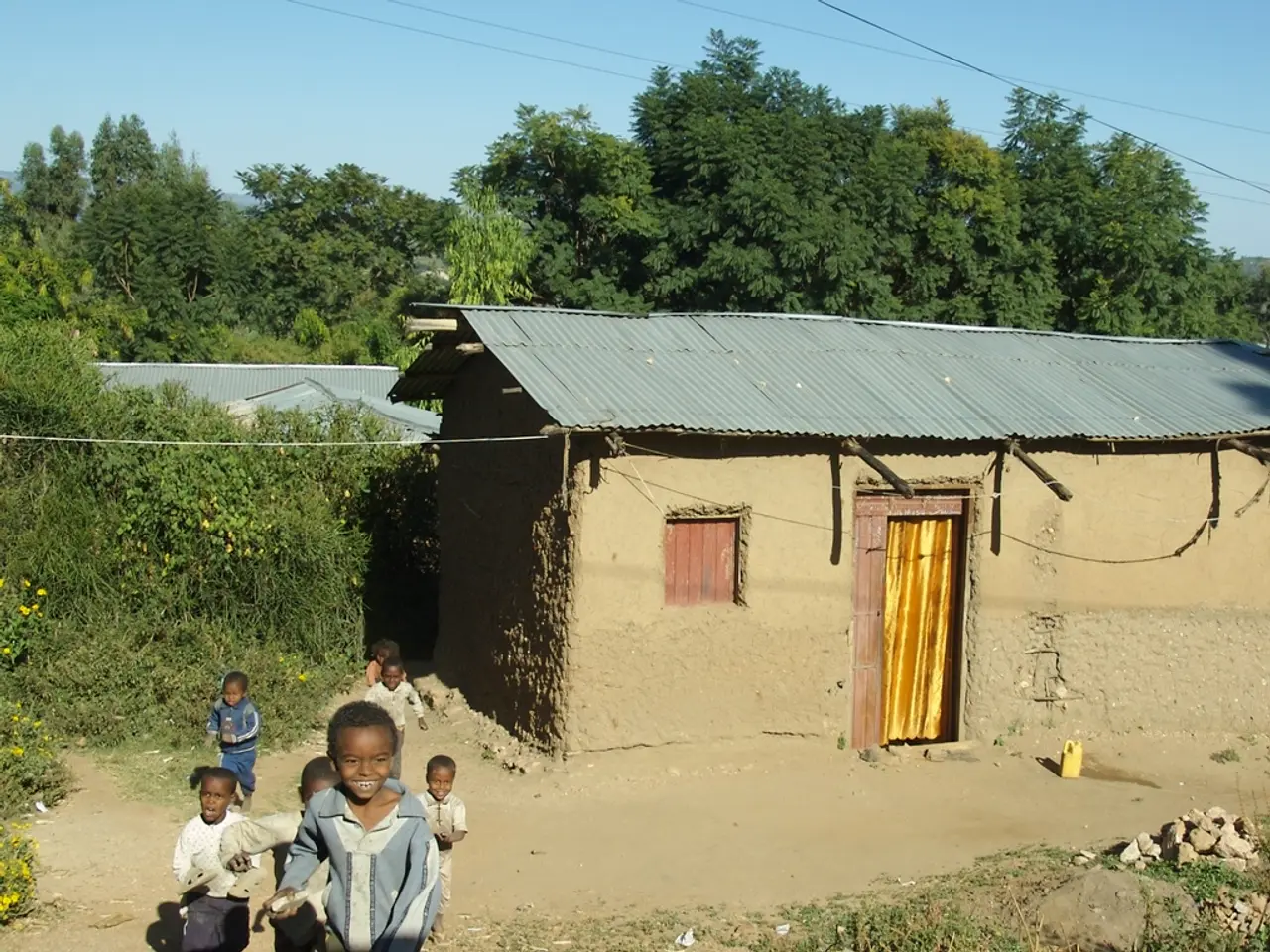Bronfenbrenner's Theory of the Exosystem
In Bronfenbrenner's bioecological model, the exosystem encompasses external contexts and events that indirectly affect an individual's immediate environment. This includes a parent's workplace, community organisations, local government policies, and now, technology and digital environments.
As technology becomes more prevalent, researchers have introduced concepts like "virtual microsystems" and "digital exosystem" to address the gap in understanding its impact on child development. The boundaries between different systems, such as the exosystem and microsystem, have blurred.
Here are updated examples of the exosystem in the context of the digital age:
- Parents' workplaces with digital connectivity: With the rise of work-from-home situations enabled by digital platforms, a parent's work environment can significantly affect family dynamics, stress levels, and the time available for child interaction, indirectly shaping child development.
- Digital communication platforms used by parents or caregivers: Social media groups, online parent forums, or digital community networks influence parenting styles, access to resources, and emotional support, indirectly impacting children’s development.
- Access to community resources via digital means: Online healthcare consultations, educational resources, or local government services accessed through digital platforms can shape the opportunities and support children receive.
- Media and technology usage policies of workplaces or educational institutions: The extent and manner of digital technology integration in parents' workplaces or schools can indirectly affect the child's environment by shaping parental availability or school climate.
In today's world, the exosystem increasingly includes digital environments and technological infrastructures that significantly shape a child's immediate context through adults' experiences and decisions. This reflects the growing interconnection between physical and digital settings in contemporary ecological development models.
Decisions made by social media companies about content moderation or algorithm design can significantly impact a child's development. Teachers can strive to understand the social and economic factors affecting their students' families, as these exosystem influences can impact a child's academic performance and well-being.
Decisions made by local governments regarding issues like housing, transportation, and public safety can indirectly influence a child's development by shaping the quality of their physical environment and access to essential resources. The presence or absence of local community organisations providing resources and support to families, such as childcare centers, community centers, and healthcare providers, indirectly affects a child's development.
Extended family, such as grandparents, aunts, and uncles, can indirectly influence a child's development through their relationships with the child's immediate family. Workplace policies regarding parental leave, flexible work hours, and work-from-home options can significantly affect a child's development.
Collaboration with community organisations can extend the school's reach, connecting families with essential resources and services. School board decisions on issues like school closures, curriculum changes, and resource allocation can impact the quality of education and resources available to a child, indirectly influencing their development.
Mass media and social media can indirectly influence a child's development by shaping their understanding of the world, relationships, and themselves. Technology shapes key interactions driving development, such as online interactions, exposure to curated content, and digital communication patterns, all influencing a child's social-emotional growth.
The exosystem effectively highlights how environments not directly experienced by a child can still significantly impact their development. Parents can advocate for family-friendly policies in their workplaces, such as flexible working hours, paid parental leave, and on-site childcare, to reduce work-family conflict.
The availability and accessibility of social services and support systems, such as welfare programs, affordable housing options, and healthcare access, indirectly affect a child's development by influencing the family's economic stability and overall well-being.
Studying the modern exosystem requires developing new methods to capture the complex, often invisible influences of digital environments on child development. Online spaces, including social media, now play a crucial role in child development and were not accounted for in the original bioecological model.
- The rise of work-from-home situations due to digital platforms affects family dynamics, stress levels, and time available for child interaction, shaping child development according to Bronfenbrenner's bioecological model.
- Online parenting forums, digital community networks, and social media groups influence parenting styles, resource access, and emotional support, indirectly impacting children’s development.
- Access to community resources via digital means, such as healthcare consultations, educational resources, and local government services, can shape children's opportunities and support.
- Media and technology usage policies of workplaces or educational institutions can indirectly affect child development by shaping parental availability or school climate.
- Decisions made by social media companies about content moderation or algorithm design can significantly impact a child's development due to their online interactions and exposure to curated content.
- Local governments' decisions regarding issues like housing, transportation, and public safety can indirectly influence child development by shaping the quality of their physical environment and access to essential resources.
- Extended family members' relationships with the child's immediate family, teachers' understanding of social and economic factors affecting their students' families, and school board decisions on issues like school closures, curriculum changes, and resource allocation can all indirectly impact a child's development.




